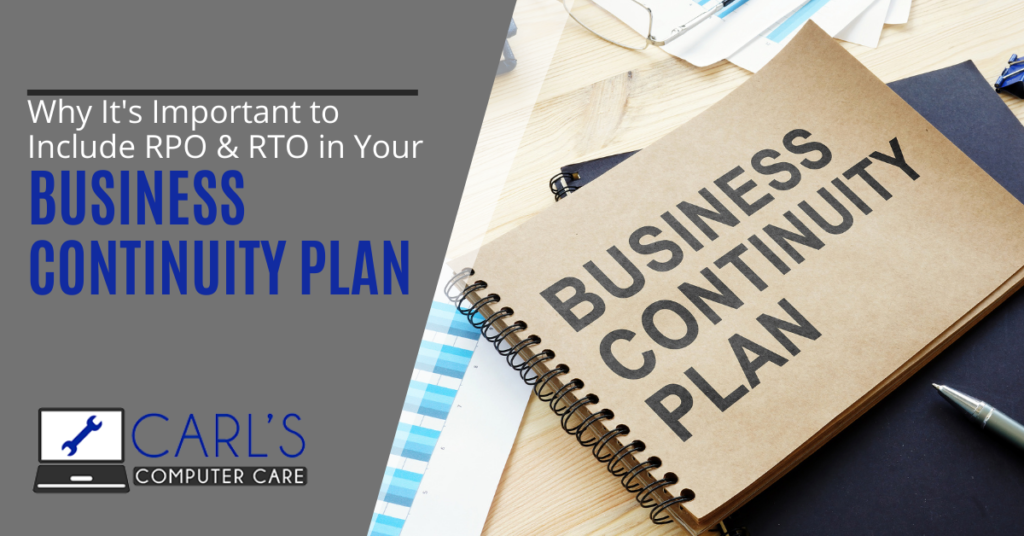
Business continuity and disaster recovery are two essential, interwoven plans your business needs to have in place. Combined, these strategies enable your company to better weather unforeseen disasters, maintain resilience and keep operations up and running.
Despite the importance of these two plans, research shows that three-quarters of small and medium-sized businesses don’t have disaster recovery plans in place. This is highly worrying when we consider that an unplanned IT outage costs a minimum of $926 per minute and a maximum of up to $17,244.
But it’s not just the short-term costs of an outage that companies need to be aware of. Research shows that over 90% of businesses without a disaster recovery plan close for good after an unforeseen disaster, such as a floor, cyber-attack or electrical outage.
Don’t Underestimate the Importance of Disaster Recovery
Let’s face it, these days, every company is an IT company. Every business relies on data, software and applications to connect with customers, grow and make money. If your business is pushed offline, the fallout could be massive.
That’s why it’s so important to have disaster recovery and business continuity plans in place, so you can respond to disruption confidently and quickly.
Unfortunately, disaster can strike at any point, and the circumstances tend to be beyond our control. You could be the target of a cyber-attack or impacted by weather phenomena at any moment.
While no one can know when disruption will strike, you can learn how to respond with business continuity and disaster recovery plans. Of course, for many small businesses, creating business continuity and disaster recovery strategies feels complex, overwhelming and too technical.
The good news is that you don’t need to figure out these strategies yourself. You can lean on a third-party IT provider to design and implement these strategies for you, taking the pressure off your back. Speak to us if you’d like assistance or advice.
As you embark on your business continuity journey, one thing to bear in mind is that there will be a few terms and acronyms you’ll see that will seem alien at first. Business continuity is its own discipline. In the same way that salespeople refer to KPIs, business continuity professionals refer to terms like RPO and RTO.
What do these two mean? Let’s explore below.
Recovery Time Objective (RTO)
RTO is a metric your IT professional will calculate to determine the maximum time your IT systems can be offline after an incident without causing long-term harm to your business.
Typically, this metric is calculated in hours and minutes. For most businesses, RTO tends to be around one and a half hours. However, it’s likely that RTO will be calculated in minutes and seconds for digital-native brands – as their whole business model is dependent on IT.
It’s worth noting that, while it’s good to have an RTO in mind, reaching it won’t always be attainable. A ransomware attack, for example, can lock companies out of their systems for days – if not weeks! Regardless, it’s essential to have a figure in mind to aim for.
Recovery Point Objective (RPO)
RPO sounds similar to RTO at first, but while RTO focuses on IT infrastructure, RPO is all about data. It’s used to calculate the maximum amount of time your business can be offline after an incident before data loss causes a negative impact.
This metric is also calculated in hours and minutes. Essentially, it helps you understand how much data loss your business can withstand. RPO should be supported by a robust, regular, automated backup procedure, which reduces the likelihood of mass data loss.
How to Calculate RPO and RTO
Your RPO and RTO metrics will depend on your business’s unique circumstances. Some factors we consider when calculating these figures for our clients include:
- The organization’s usage of data in day-to-day operations
- The sector the company works on
- The company’s data storage options – whether on-premises or cloud-based storage
- Regulations the company must adhere to – such as HIPAA or GBLA
- Maximum tolerable data loss for the specific organization
- The company’s current disaster recovery solutions
Calculating your own RPO and RTO can be somewhat of a guessing game without knowledge of business continuity. It’s better to work with a qualified expert, who can determine these figures for you with confidence.
Furthermore, we can go beyond calculating your RPO and RTO to implementing your disaster recovery plan for you. If an unexpected incident occurs, we’ll be by your side to get you back up and running as quickly as possible.
Start Your Business Continuity Journey Today!
Become more secure and protected by scheduling a cybersecurity and business continuity audit. Carl’s Computer Care can review your Louisiana company’s current strategy and make recommendations to improve your resilience.
Contact us today to schedule a consultation! Call 225-315-3498 or reach us online.
